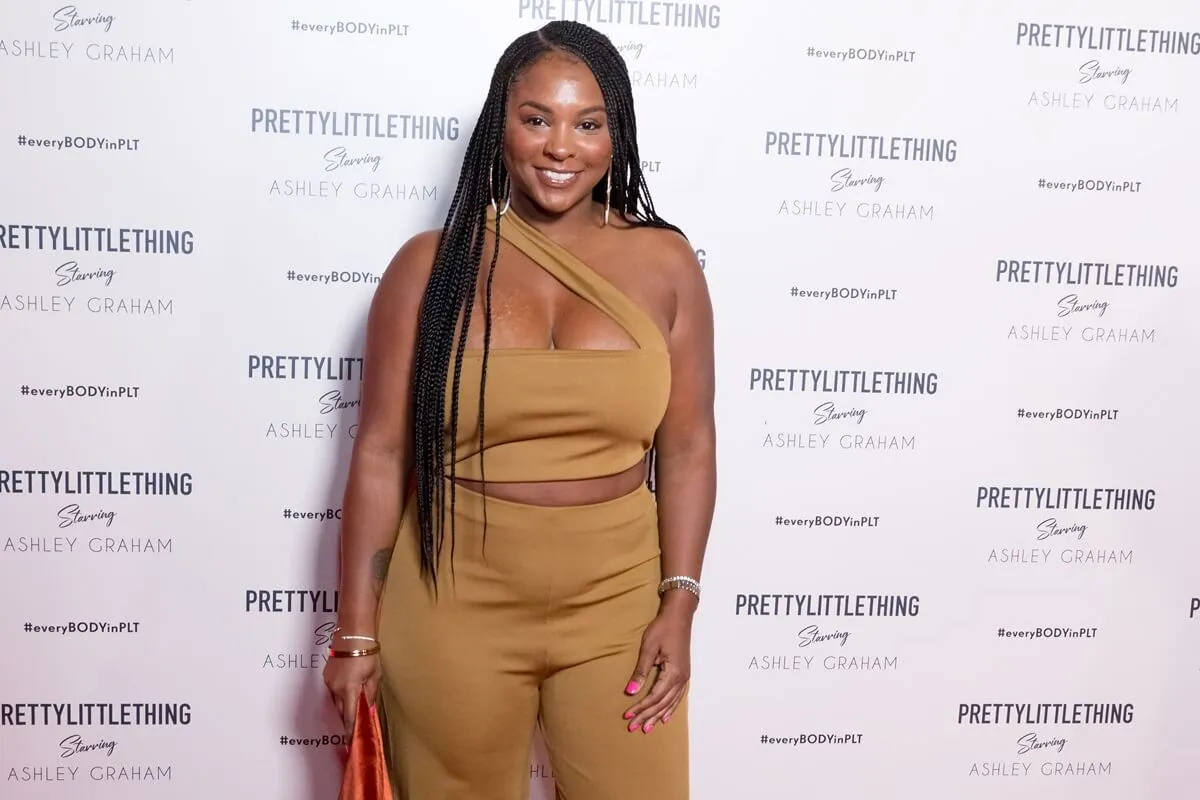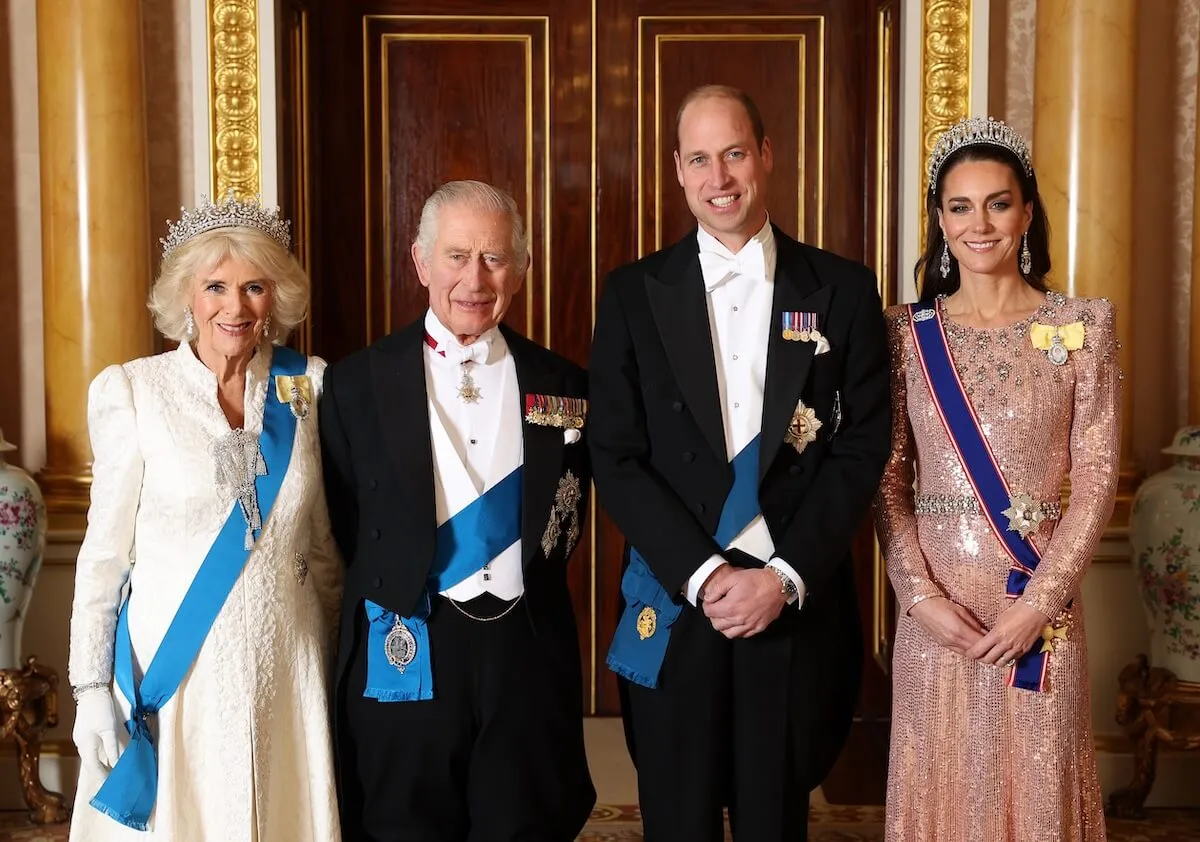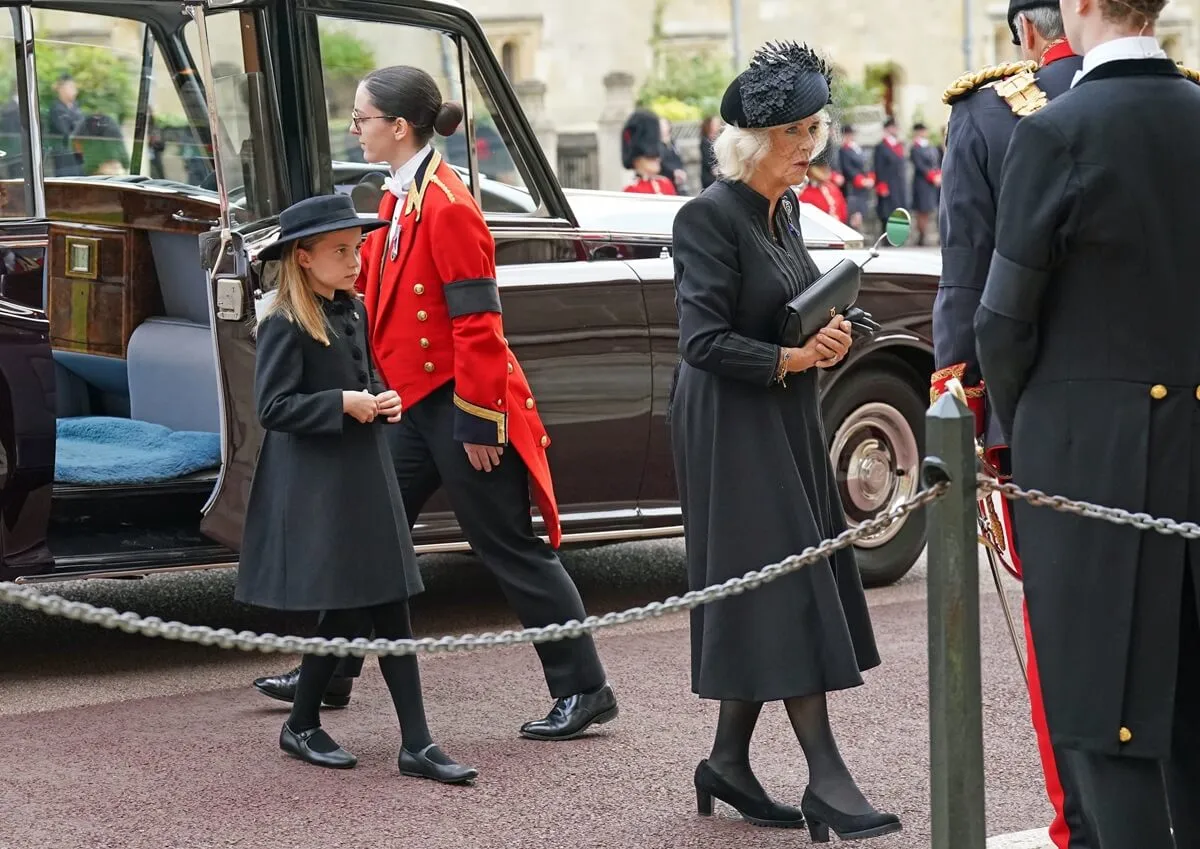The Classic Neil Young Songs You’ll Hear More of After Young’s Huge Catalogue Sale
In the past, Neil Young didn’t just quietly reject offers to license his music for commercials. Young took it one step further in “This Note’s For You,” the title track of his ’88 album. “Ain’t singin’ for Pepsi, ain’t singin’ for Coke,” he sang. And the song’s video made it clear he had contemporaries Eric Clapton and David Bowie on his mind.
But times have changed. Performers like Bob Dylan, David Crosby, and others who’ve continued touring beyond retirement age weren’t able to hit the road in 2020. That likely had something to do with the massive sale (at a price of at least $300 million) of the Dylan catalogue.
Others have followed suit, and Young might be the most noteworthy of the bunch, given his longtime stance against licensing songs. In the first week of 2021, the AP reported Hipgnosis Songs Fund acquired a 50% stake of Young’s copyright and income interests for 1,180 songs in his catalogue.
While neither party quoted the amount of money involved in the deal, you can safely assume it’s around $100 million. And while Hipgnosis promised tactful handling of Young’s catalogue, you can bet Young’s greatest songs will be getting more exposure in the coming years.
Expect classic Neil Young tracks such as ‘Heart of Gold’ and ‘Helpless’ to make the rounds
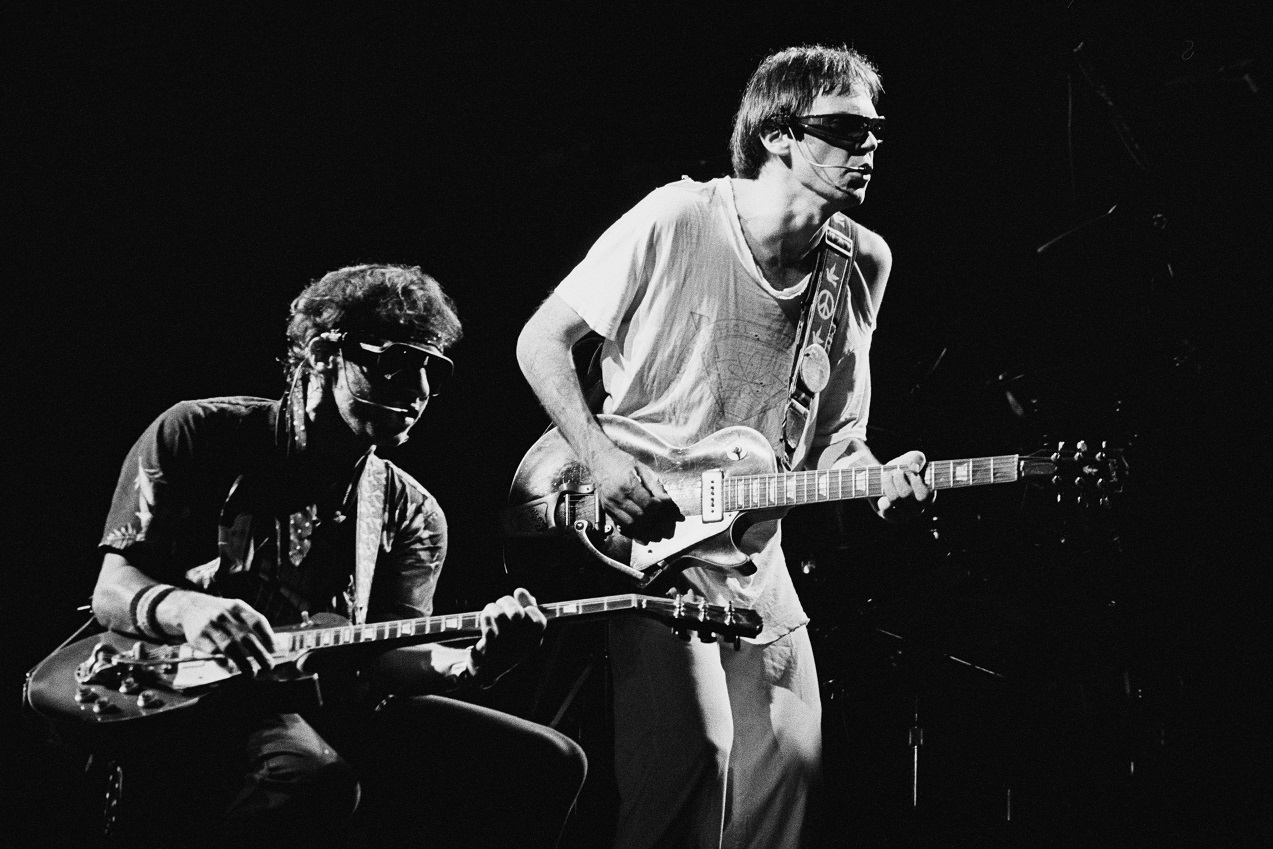
While Young has so many memorable songs in his catalogue, the Canadian-born songwriter topped the Billboard charts on just one occasion. That came in 1972, when “Heart of Gold” hit No. 1 on the Hot 100. (Harvest, the album on which “Heart of Gold” appeared, also hit No. 1.)
If you are already cringing imagining the song being used to market various products, there was some encouragement in the Hipgnosis statement following the purchase of Young’s work.
“Harvest was my companion and I know every note, every word, every pause and silence intimately,” Hipgnosis founder Merck Mercuriadis said, via the AP. “[Hipgnosis and Young] have a common integrity, ethos and passion born out of a belief in music and these important songs.”
Mercuriadis referenced Young’s biggest hit directly. “There will never be a ‘Burger of Gold,’” he said. At the same time, the deal happened for a reason, and it’s clear tracks such as that one and “Helpless” (recorded as a member of Crosby, Stills, Nash and Young) will be getting more exposure.
Young’s prodigious songwriting output will likely get more exposure via licensing deals
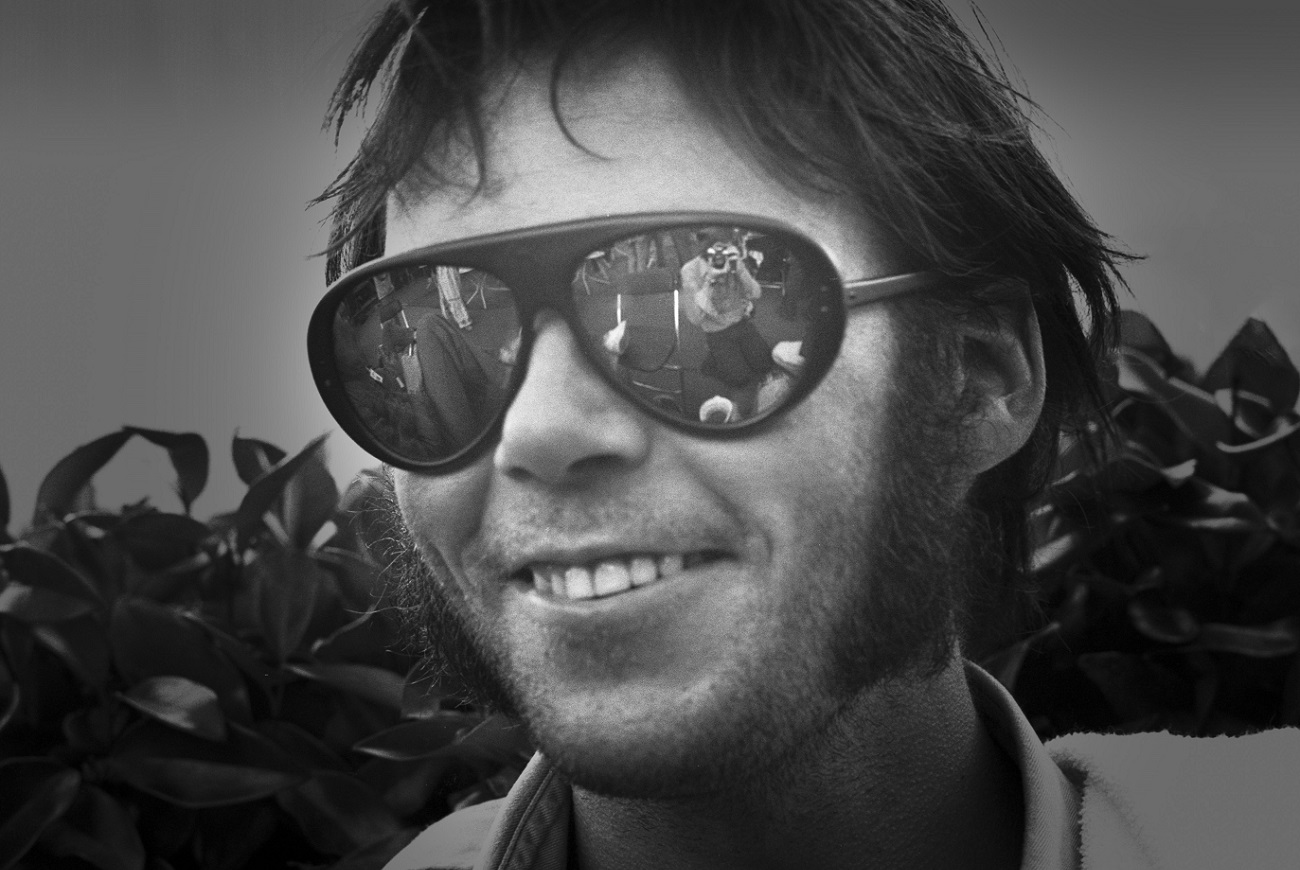
As you survey Young’s recorded output, you have to marvel at the volume of material he’s composed. One sign is he sold twice as many songs as Dylan did in his publishing deal. In the ’70s, Young racked up one top-10 album after the next.
That means you might hear more of “Cinnamon Girl” from Everybody Knows This is Nowhere (1969). The boldness of a track like”Southern Man” from Gold Rush (1970) could also work in a variety of film and prestige-TV scenarios.
That’s only barely scraping the surface. “My My, Hey Hey (Out of the Blue),” co-written with Jeff Blackburn and released on Rust Never Sleeps (1979), represents another timeless track from Young’s catalogue. The same goes for “Lotta Love” from Comes a Time (1978).
Young never stopped, of course. He’s released 40 studio albums in his glorious career. From the sound of the Hipgnosis statement, it appears he’ll have a say in what happens from here. “We will work together to make sure everyone gets to hear [the songs] on Neil’s terms,” Mercuriadis said, per the AP.
